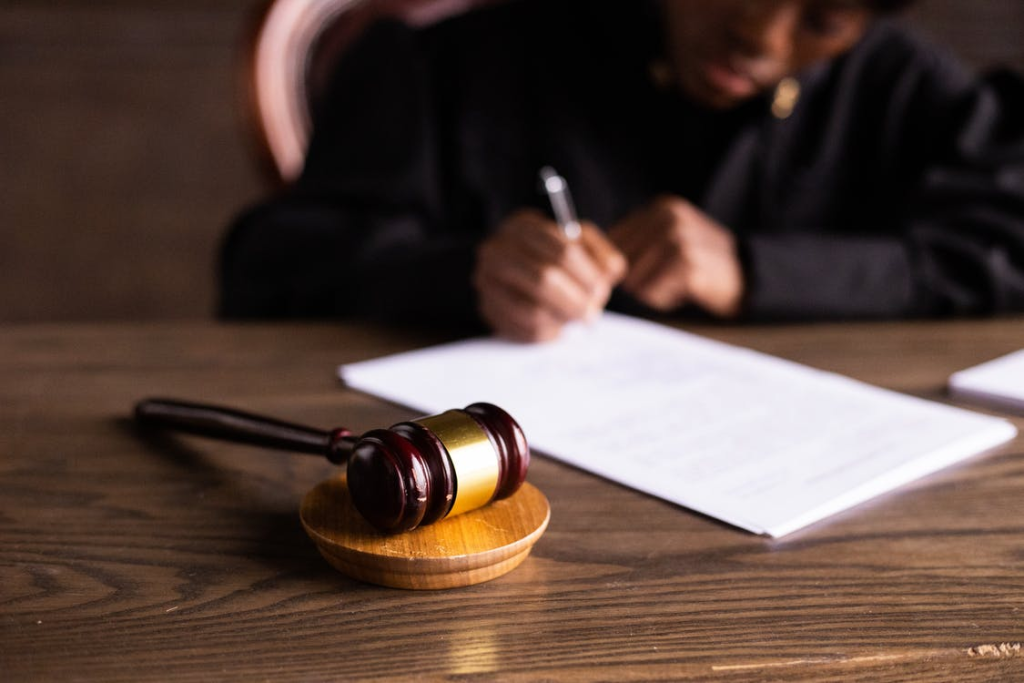A reparation order is frequently enforced in “white collar” legal proceedings. The judicial objective of restitution is to compel a defendant to pay a “victim” a fixed sum to make it whole for any loss caused by the defendant.
If you are a defendant, you must comprehend what this implies. If you do not understand it you should seek an explanation from your attorney before agreeing to pay restitution, or accepting the calculations the prosecution has asserted are correct. Indeed, there will be long-term consequences that harm you and your livelihood for years if not the remainder of your life. You can take certain measures immediately to mitigate the long-term effects of a government reparations decision.
Take a look at this guide to understand the process of restitution in the USA:
The Concept of Restitution
The Compulsory Civil Damages Act of 1996 set rules for calculating how much compensation a defendant is obligated to pay.
According to the Act, “recognized” individuals may be approved to receive compensation whether guilt of a defendant occurs pursuant to a plea agreement in which the defendant agrees to specific sums, or after a trial when a jury has rendered a guilty verdict with forfeiture as a consequence.
While the prosecution bears the responsibility for collecting all data to establish who is entitled to, and what is an appropriate restitution, defense attorneys are often either overwhelmed with the prospect of investigating the prosecution’s claims, and in many instances, think that by conceding the accuracy of the prosecution’s numbers their clients will face “less” punishment. Moreoften than not, defense attorneys simply fail to contest these sums. It is the responsibility of the client to be vigilant in questioning every aspect of the restitution process.
The United States Supreme Court has shown a revitalized commitment to enforce the limits of asset forfeiture legislation to ensure that accused are treated with dignity and respect. Who is responsible for restitution in a case, and in what amounts is one of the critical questions to be determined. If there are several defendants they may, or not be, equally responsible.
What is the Procedure for Restitution?
After an Order of Forfeiture or Restitution is signed by a court, it is usually the Probation Department that is responsible for the collection and distribution of restitution sums acquired to restitution claimants.
What are the Methods for Enforcing Restitution?
The Order granting Restitution or Forfeiture or both will also serve as a claim against all of your assets. The prosecution can enforce these judgments against direct assets of the defendant, or what is called “substitute assets” any assets of a defendant if the prosecution is unable to trace where a defendant has secreted the ill gotten gains.
Legal-help.us can investigate and ensure that any restitution Order by a court is appropriate, and can assist you by acting as an intermediary with the prosecutors and the probation department.

Get in Touch with One of the Best Legal Consulting Service Providers in the USA
Legal-Help can advise you and your family members on what to expect during your time in jail and stay accessible to you during detention with the various considerations that may occur.
Head over to our website to get in touch with our certified and qualified professionals today to avail all legal consulting services in the US at affordable prices.


